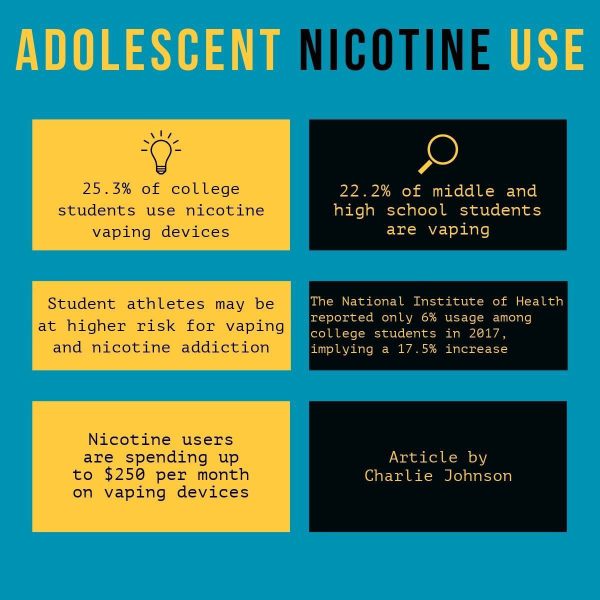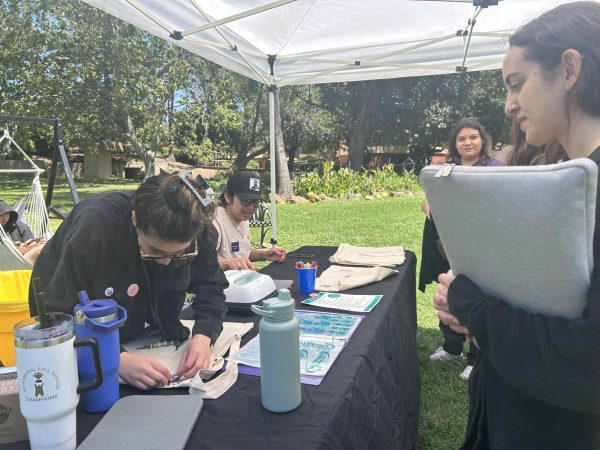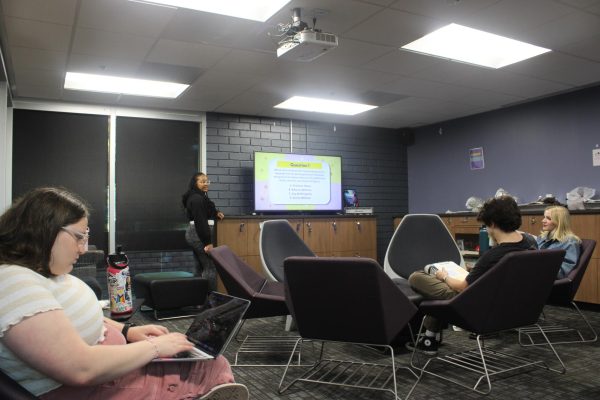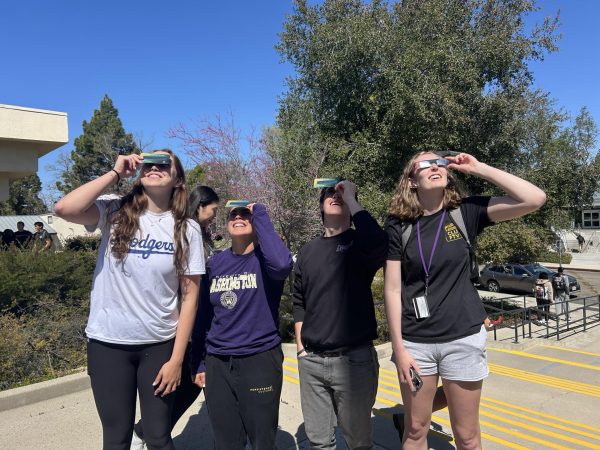‘Museums Are Not Neutral’: Racial bias in museums
March 3, 2020
Art enthusiasts of all age groups came together Thursday Feb. 27, at the William Rolland Gallery of Fine Art at California Lutheran University to learn about a widely controversial topic in the art world, cultural neutrality in museums.
The event “Museums Are Not Neutral” describes the complicated relationship museums have in terms of communicating the factual and cultural accuracy of art pieces to those who view them.
The workshop, hosted by the Curator of Collections and Exhibitions Rachel T. Schmid opened the session with brief introductions and described a scene from the blockbuster film “The Black Panther.” The scene in which one of the main protagonists of the film, Erik Killmonger, played by Michael B. Jordan, confronts the museum’s curator, claiming that the artifacts on display come from his ancestors instead of the misguided information the curator described, introduced the topic of the evening.
The students, art professors and visitors at the workshop discussed how museums at times seem like they are designed to inform audiences, when it is in fact quite the opposite as certain pieces may hold a greater historical meaning that is not represented properly.
“I think because it is something a lot of people never considered and as people who are in the field of art who might be working with museums or might be creating pieces of art it is important to consider where they are coming from and what the deeper meaning is” Max Eastman, an interdisciplinary major concentrating in art and creative media and student worker at the William Rolland Gallery of Fine Art said.
In line with the conversations about racism and stereotyping on the Cal Lutheran campus over the past couple of weeks, the workshop discussed how the reproduction and lack of sensitivity towards other races and culture can obstruct people’s ideas without them even realizing.
During her powerpoint, Schmid said many people believe Western civilization art is considered the most beautiful while other native arts from African American culture is excluded and put in museums such as The Metropolitan Museum of Art, in a sense making people view this artwork as less important.
“I think in general, exposing people to the ideas is important because if you have never, there are some people that have never considered the fact that pieces that are in museums may be stolen from other countries,” Kori Hess, a senior studying modern art, said. “Maybe if you have never considered that idea I think that once that idea is presented to you it is really hard to ignore and that can foster future education and conversation.”
Senior Kaylee Reel also expressed her thoughts on the inaccuracy of museums and how it impacts the new wave of people visiting museums that support this sense of ideology.
“I think it’s not only important to talk about things and learn more about different cultures historically, but also talking about how that is affecting us today and how we can move forward having that further understanding,” Reel said.
According to Art Museum Teaching online, “Museums have the potential to be relevant, socially-engaged spaces in our communities, acting as agents of positive change. Yet, too often, they strive to remain ‘above’ the political and social issues that affect our lives—embracing a myth of neutrality.”










